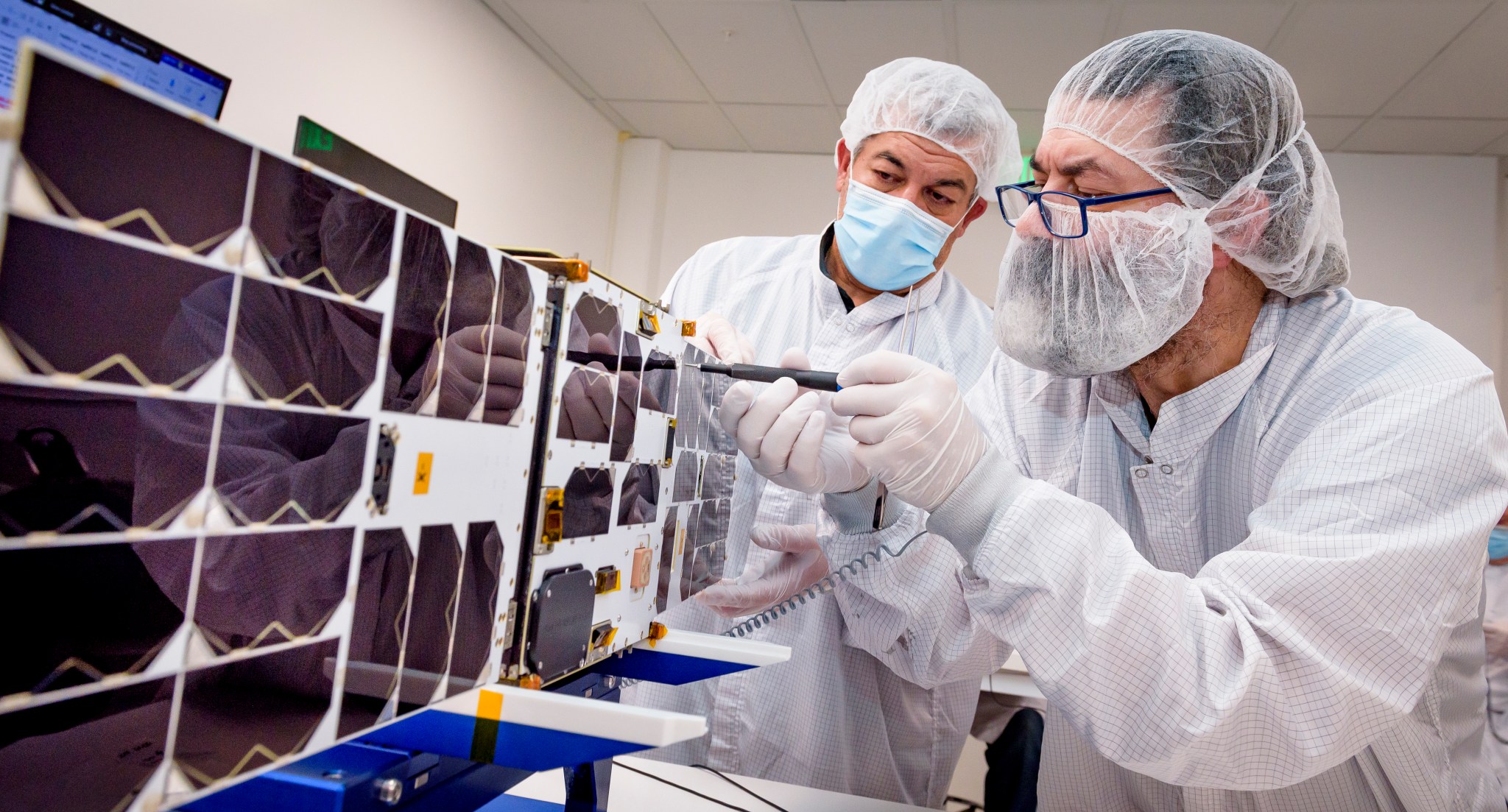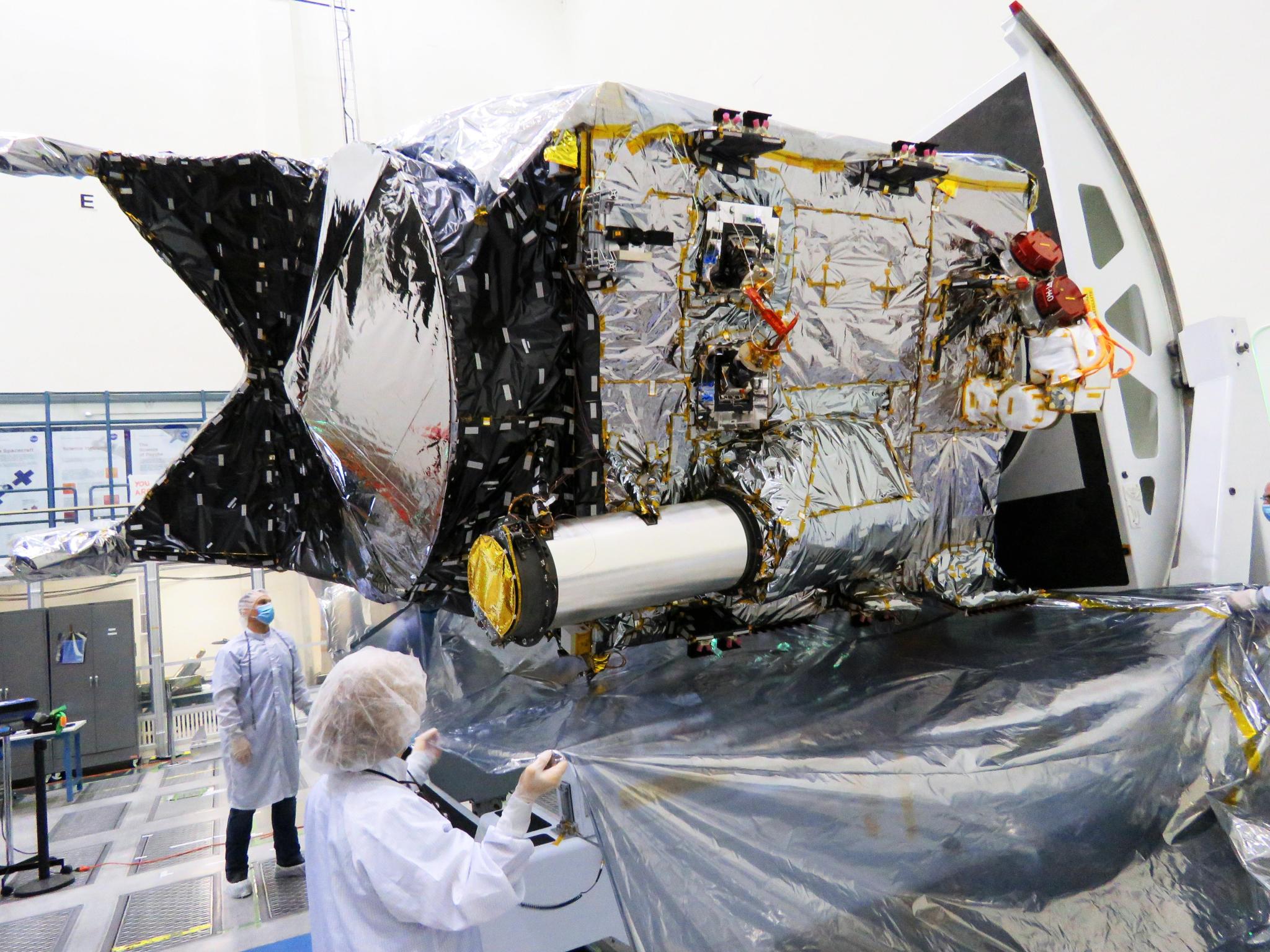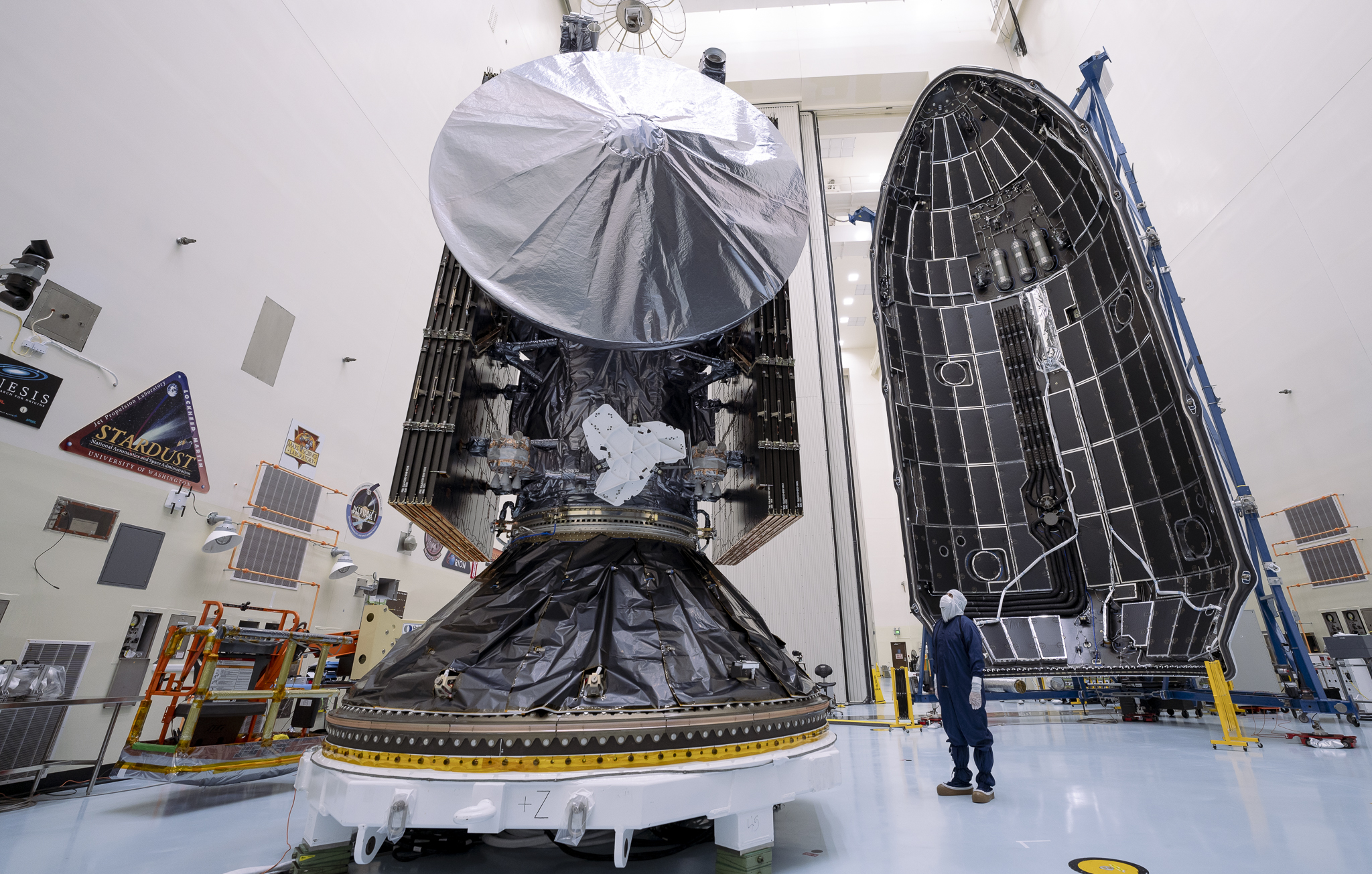As NASA continues to innovate for the benefit of humanity, agency inventions that use new structures to harness sunlight for space travel, enable communications with spacecraft at record-breaking distances, and determine the habitability of a moon of Jupiter, were named Wednesday among TIME's Inventions of 2024.
"The NASA workforce - wizards, as I call them - have been at the forefront of invention and technology for more than 65 years," said NASA Administrator Bill Nelson. "From developing Europa Clipper, the largest satellite for a planetary mission that NASA has ever launched, to the Advanced Composite Solar Sail System, and communicating with lasers from deep space, NASA is improving our understanding of life on Earth - and the cosmos - for the benefit of all."
Solar Sailing with Composite Booms

NASA's Advanced Composite Solar Sail System is testing technologies that could allow spacecraft to "sail on sunlight," using the Sun's rays for propulsion. Like a sailboat turning to catch the wind, a solar sail adjusts its trajectory by angling its sail supported by booms deployed from the spacecraft. This demonstration uses a composite boom technology that is stiffer, lighter, and more stable in challenging thermal environments than previous designs. After launching on April 23, aboard Rocket Lab's Electron rocket, the mission team met its primary objective by deploying the boom and sail system in space in August. Next, they will work to prove performance by using the sail to maneuver in orbit.
Results from this mission could provide an alternative to chemical and electric propulsion systems and inform the design of future larger-scale missions that require unique vantage points, such as space weather early warning satellites.
Communicating with Lasers from Deep Space

Since launching aboard NASA's Psyche spacecraft on Oct. 13, 2023, a Deep Space Optical Communications technology demonstration has delivered record-breaking downlink data rates to ground stations as the Psyche spacecraft travels through deep space. To demonstrate the high data rates that are possible with laser communications, photos, telemetry data from the spacecraft, and ultra-high-definition video, including a streamed video of Taters the cat chasing a laser pointer, have been downlinked over hundreds of millions of miles. The mission, which is managed by NASA's Jet Propulsion Laboratory in Southern California, has also sent and received optical communications out to Mars' farthest distance from Earth, fulfilling one of the project's primary goals.
Searching for Life's Ingredients at Jupiter's Icy Moon Europa

The largest NASA spacecraft ever built for a mission headed to another planet, Europa Clipper






